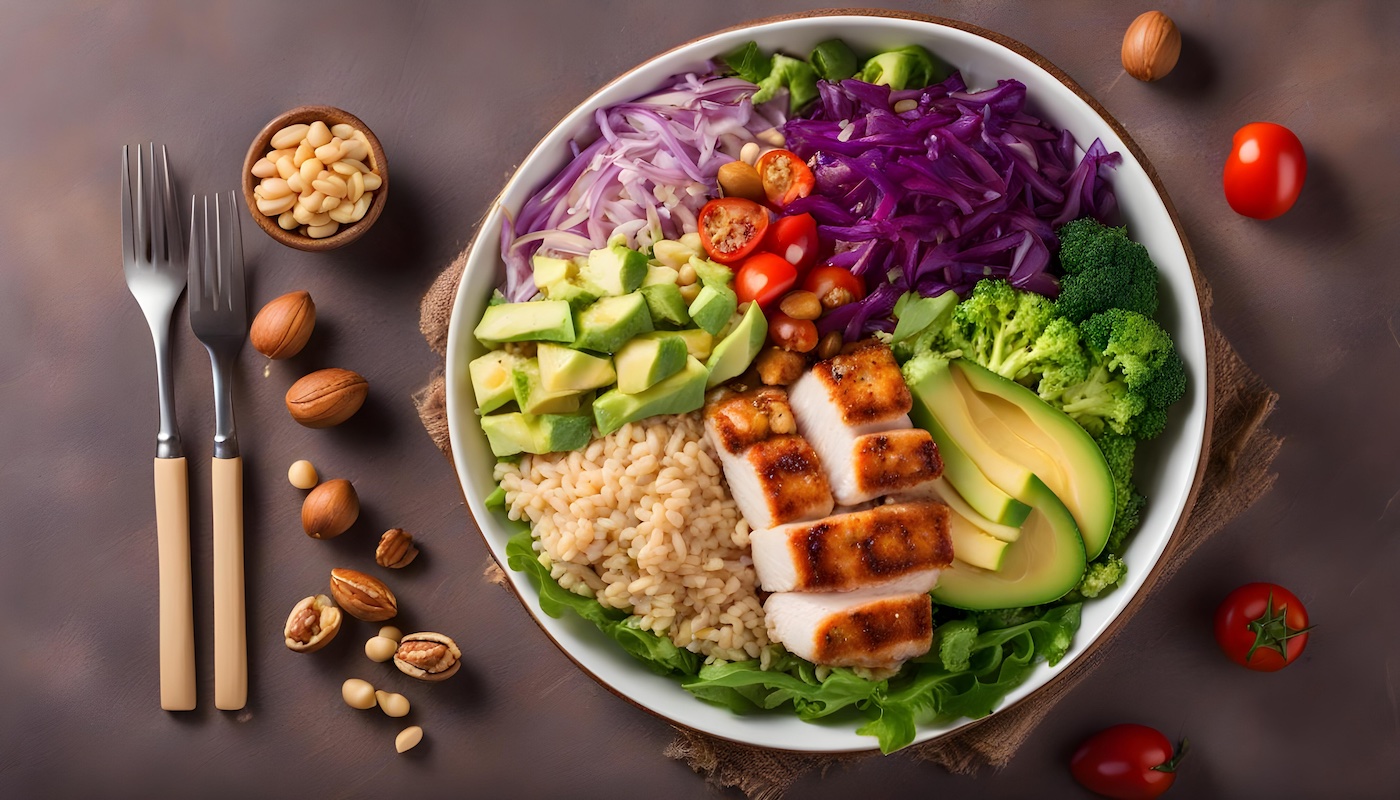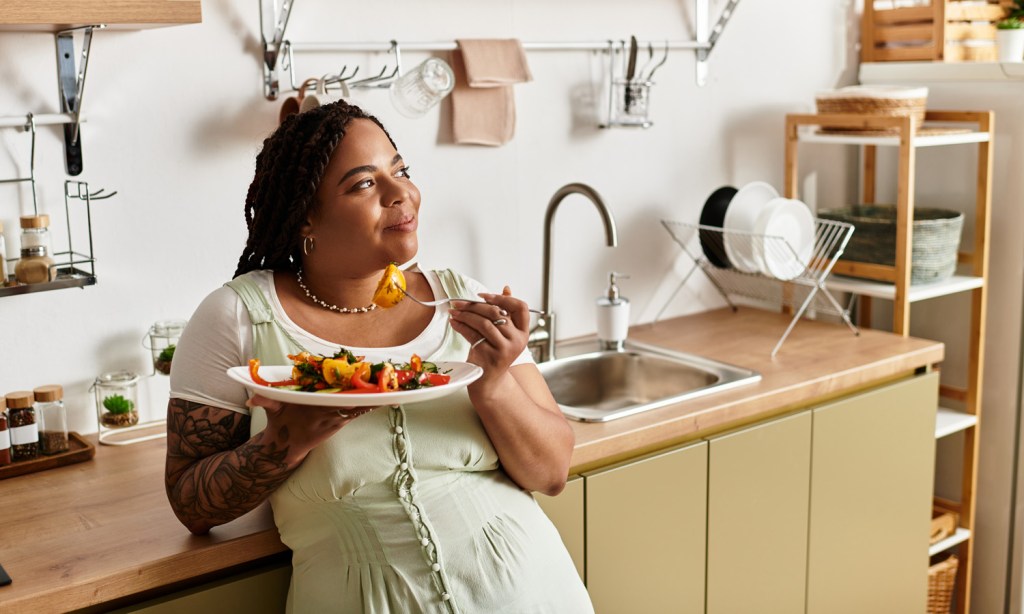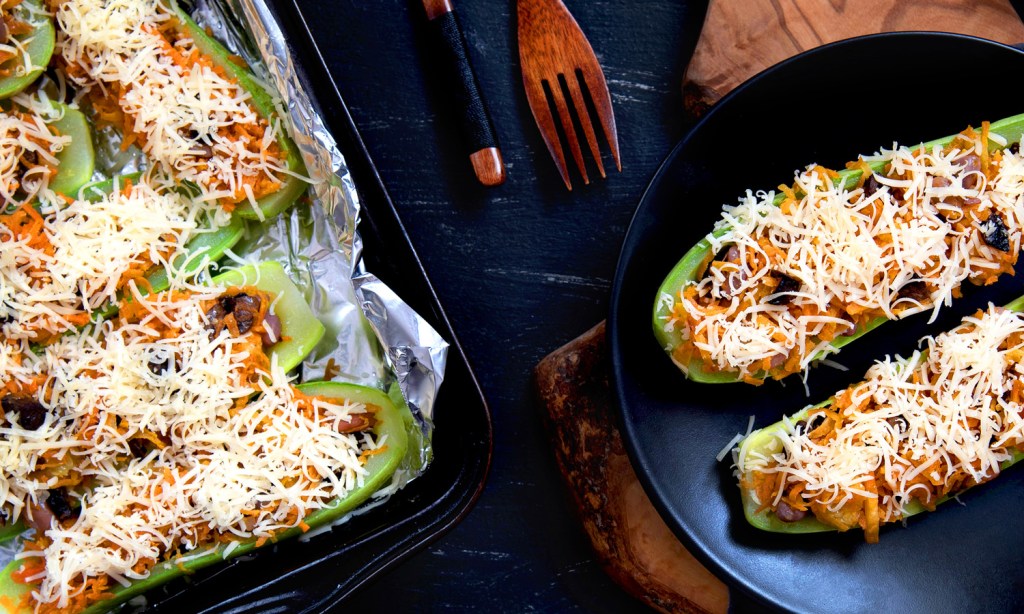 If food really is the best medicine, why not prescribe yourself some nutrition at every meal? We live in an enviable time when fresh and nutritious foods are available year round. With this abundance of fruits, vegetables, and lean proteins, why eat anything else?
If food really is the best medicine, why not prescribe yourself some nutrition at every meal? We live in an enviable time when fresh and nutritious foods are available year round. With this abundance of fruits, vegetables, and lean proteins, why eat anything else?
You are what you eat.
A 2022 article published in the International Journal of Environmental Research and Public Health noted the connection between diet and cancers, strokes, and cardiovascular disease. The best way to prevent and treat chronic health conditions like hypertension and diabetes is a diet full of nutritious food rather than processed food loaded with empty-calories, salt, and sugar.
Nourish bowls
In recent years, an increasingly common prescription for good health has been the “nourish bowl,” also known as a Buddha bowl or power bowl. Whatever the name, this bowl of nutrition can be made in an endless combination of flavors. The basic ingredients are:
- Whole grains or leafy greens: The foundation can be lettuce, kale, spinach, or whole grains like brown rice, quinoa, or farro.
- Vegetables: The more colors and flavors the better. Choices include tomatoes, cucumbers, carrots, bell peppers, sweet potatoes, and avocado.
- Protein: The best kind of protein is plant-based, such as chickpeas, black beans, or tofu. You can also go with chicken, fish, or hard-boiled eggs.
- Healthy fats: Nuts, seeds, avocado, or a drizzle of olive oil.
- Flavor: Tie everything together with spices, fresh herbs, and scratch-made dressing.
Within these general guidelines, the combination of possible ingredients and flavors is endless. A nourish bowl can reflect a specific cuisine, or simply combine whatever you have on hand. Half the fun of a nourish bowl is improvising. The other half is eating a delicious and healthy meal.
Here are a two nourish bowl recipes from the American Heart Association:
Mediterranean Bowl
- Prepare 1 cup sorghum according to package instructions.
- Wisk together a dressing from ¼ cup olive, canola, or corn oil; 2 tablespoons lime juice; 1 tablespoon chopped cilantro; 1 minced garlic clove; 1 teaspoon Dijon mustard; ½ teaspoon ground cumin; 1 teaspoon salt; ¼ teaspoon pepper.
- In a large bowl, mix 1 cup cherry tomatoes, halved; a 15 oz can of chickpeas, cannellini beans, red kidney beans, or black beans; ½ cup roasted red bell peppers; ½ cup shelled edamame; ½ cup chopped cucumber; and ½ cup chopped green onion.
- Add the cooked sorghum and stir in the dressing.
- Top with ¼ cup fat-free feta cheese; and ½ medium avocado, pitted and sliced.
Chipotle Chicken Bowl
- Create a marinade from 2 tablespoons canola oil, 1 minced chipotle pepper, 3 tablespoons adobo sauce, 1 tablespoon honey, 1/8 teaspoon salt, 1/8 teaspoon pepper. Combine with 1 pound chicken breast in a resealable bag and let stand for 10 minutes.
- In a heavy pot, add 1.5 cups water, ¾ cup quinoa, 1/8 teaspoon salt, the zest and juice from two limes, and 1.5 cups chopped cilantro. Bring to a boil, then reduce heat and cook covered for 15 minutes or until all liquid is absorbed.
- Heat 1 tablespoon canola oil in a nonstick skillet and cook the marinated chicken until no longer pink in the middle.
- In serving bowls, create a base layer of spinach, spring greens, or arugula. Add cherry tomatoes, sliced avocado, shredded carrots, sliced radishes and chopped green onion.
- Add portions of cooked quinoa and chicken.
A health coach can help you reach your diet and fitness goals by suggesting improvements to your routine, setting achievable goals, and providing encouragement. It’s a free service for Kinwell patients who have completed our Lifestyle Medicine: Intro to Nutrition program. Ask your clinician about health coaching through your MyChart app. If you’re new to Kinwell, schedule your first visit online or by calling 833-411-5469.


